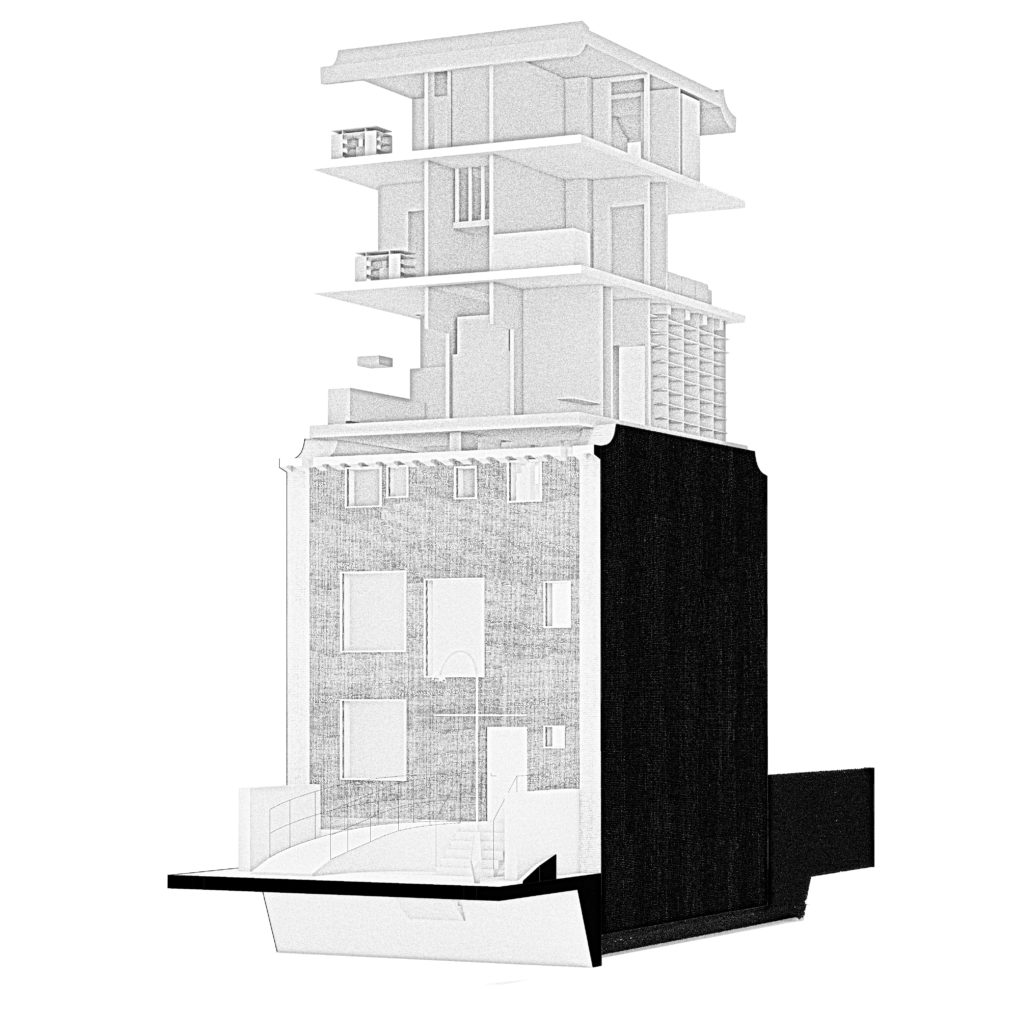Architecture is in an ambiguous relationship with customization and standardization. A work of architecture is most often tailored toward a specific program on a specific site for a specific user group. Yet the components of architecture, its building blocks, have increasingly been standardized since at least the industrial revolution, with a radical increase in the 20th century. In the 21st century, computation, additive manufacturing (3d printing), and robotics are challenging the logic of previous industrial production. Using the same amount of material, a 3d printed component can have an infinite iteration of shapes without increases in cost.
In this thesis I explore architectural attitudes toward technological change and the significance of images in two essays. The relationship between certain forms and the societies that gave birth to them is of key interest. Three basic technological cultures of production are identified. Similarities are discovered and discussed between ideas from the turn of the last century and the Post-Modern crisis of the 1970s and onward. In Regeneration of Images, I write about visual thinking in architecture, of the importance of images in concieving architecture, and ultimatly the repressed need for images within architecture.
Complementing these essays, a design proposal is developed for a site in Änggården, Gothenburg. The idea of the project is to combine one system of construction based on standardized parts with one system based on non-standardization. More specifically, the two systems are cross-laminated timber (CLT) and large scale additive manufacturing (LSAM) with wood based bio-composites. Overall, the project is a manifestation of a component-centered understanding of architecture. Based on the premise that one basic structural and architectural typology guided the development of the original houses of Änggården, the proposed buildings could likewise inform the future development of the area in the 21st century.
